A hiking trail runs along the edge of the Stevns Klint cliffs in Denmark from Rødvig in the south to Bøgeskov Havn in the north. The path winds for over 22 kilometers along the shore of the Baltic Sea at a height of 41 meters above sea level.
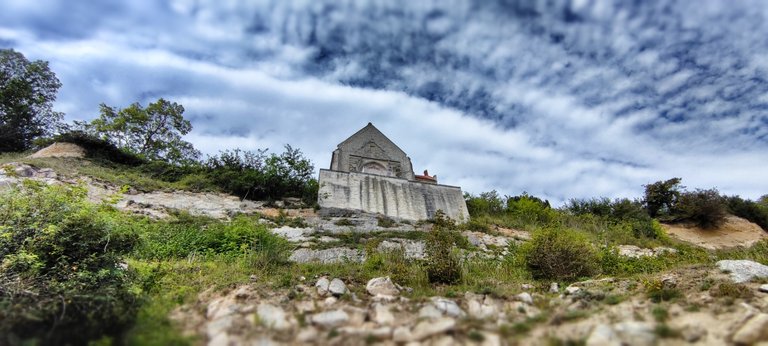 30 meters above the ruins of the church are waiting for the fall
30 meters above the ruins of the church are waiting for the fall
Along the way, there are spectacular panoramic views of the shimmering turquoise Baltic Sea and the cliffs. You also gain insight into a story that shows that a devastating meteorite impact almost wiped out all life on Earth many, many years ago.
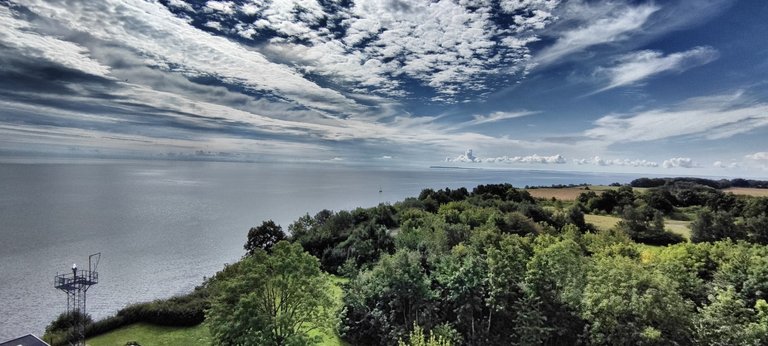 A look from the lighthouse
A look from the lighthouse
But let's start at the beginning. Rødvig is a small, relaxed fishing village with a beautiful marina and the gateway to Stevns Klint, those famous cliffs that shine whiteout over the sea. From the harbor, go a little way up Østersøvej, then turn right onto Brinkvej, which leads to Klintevej. A little later, the first sign for Stevn Klint Trampesti, the hiking trail to the UNESCO cultural heritage site, follows.
A hike on the coast
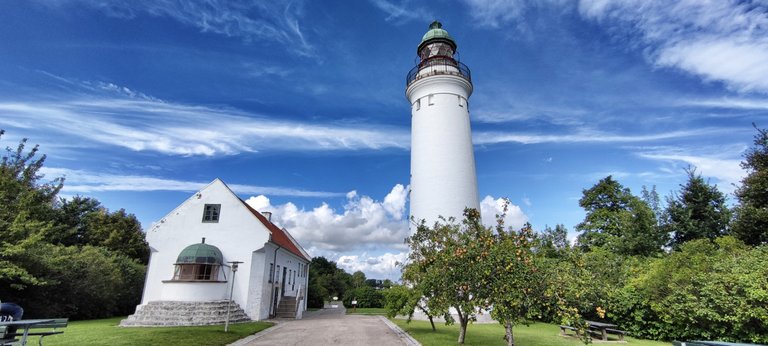 The old (left hand side) and the new lighthouse
The old (left hand side) and the new lighthouse
Even at the start of the hike on the coast on the east side of the island of Zealand, there are beautiful views of Rødvig. Then it goes along the spectacular cliffs to the newly built Stevns Klint Experience visitor center, which uses fish clay, fossils, meteorites and dinosaurs to explain everything that happened in this historic area.
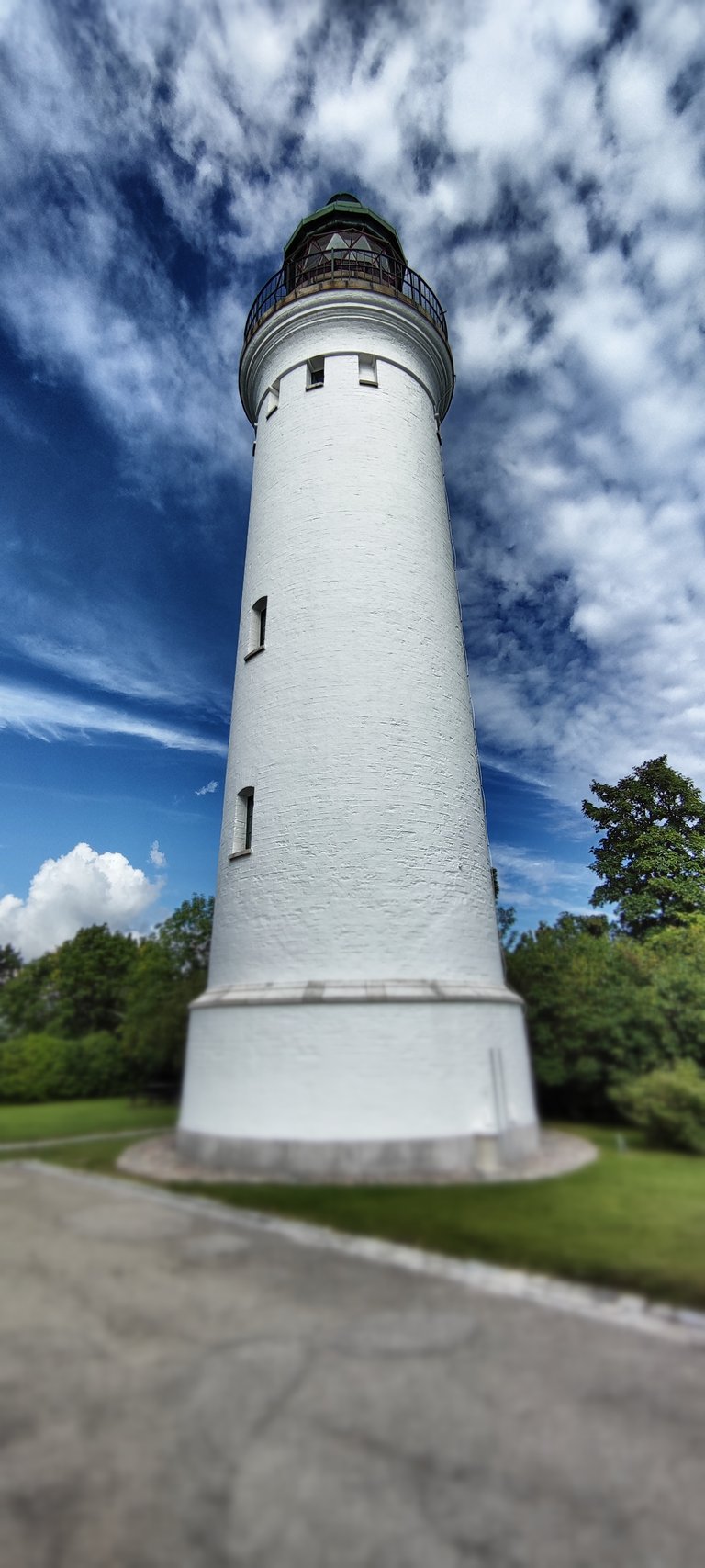 The white giant
The white giant
In this cliff, the geologically very distinctive Cretaceous-Paleogene boundary is visible as a narrow dark band in the chalk deposits. In Denmark, this band is also called "fish clay" because of its fossil content.
Mission Lighthouse
 The view from the stairway to the ruins of the church
The view from the stairway to the ruins of the church
There is a lighthouse nearby, which can be climbed to the top via a narrow staircase. Stevns Fyr lighthouse is located about 50 metres from the edge of Stevns Klint, which rises 40 metres above sea level. Immediately south of the lighthouse is the older lighthouse and the lighthouse keeper's house - a museum complex.
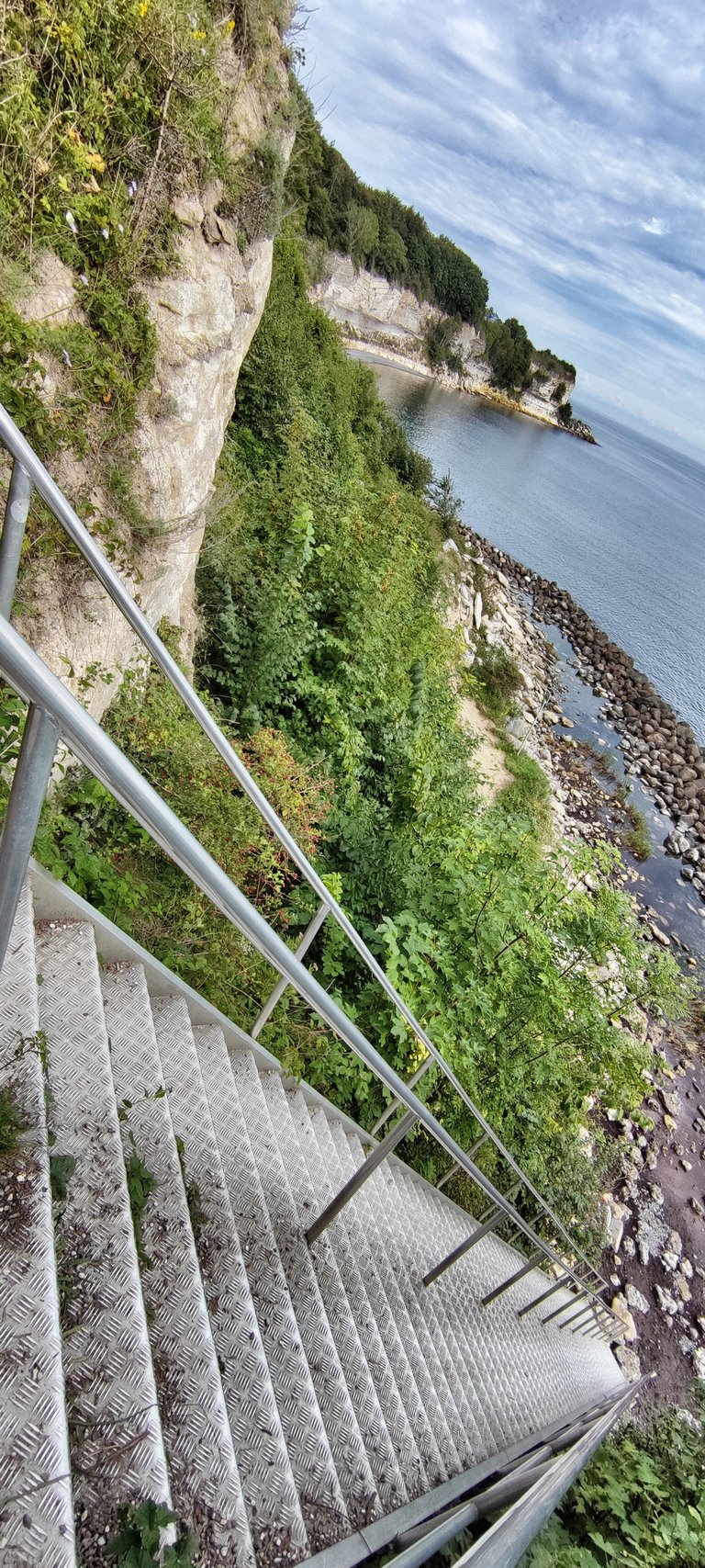 A lot of steps
A lot of steps
Therefore, the Old Lighthouse (Danish Gamle Fyr), consisting of the limestone building, was simply built as a semicircular extension at the end of the lighthouse keeper's house (1816-1818) by the Danish naval officer and cartographer Poul de Løvenørn, who also designed the Tunø, Sprogø and Christiansø lighthouses.
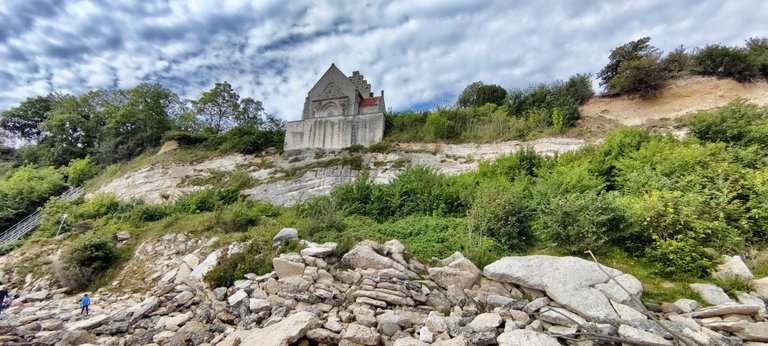 Look at the left hand side: The person there is so small
Look at the left hand side: The person there is so small
As shipping in the Baltic Sea increased, a larger and more powerful lighthouse was needed in Stevns. In 1877-1878, a 27-metre-high lighthouse was built from local limestone. Inside the tower, a granite staircase winds between the outer wall and a hollow brick core. A more recent addition was made and the lighthouse keeper's house was extended. Under Danish protection for listed buildings (Danish: Fredede Bygninger) since 1932.
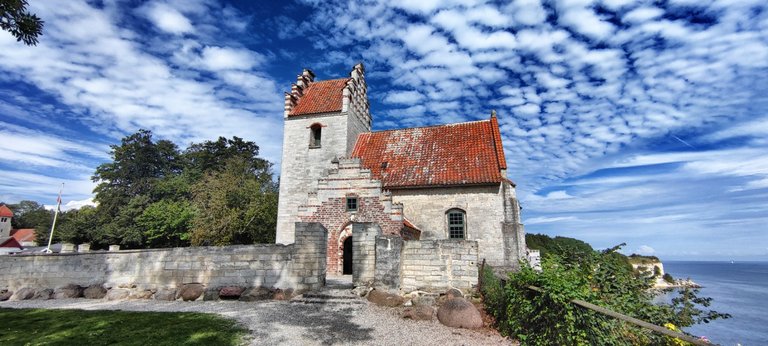 The remainings of the church
The remainings of the church
It looks new now
At the time of completion, the lighthouse was one of the most modern in Europe, as the lighthouse had a rotating mirror device, which was an epoch-making innovation in lighthouse technology at the time. Stevns Lighthouse was only the second lighthouse in Denmark with this technology, which was used where there was the most traffic.
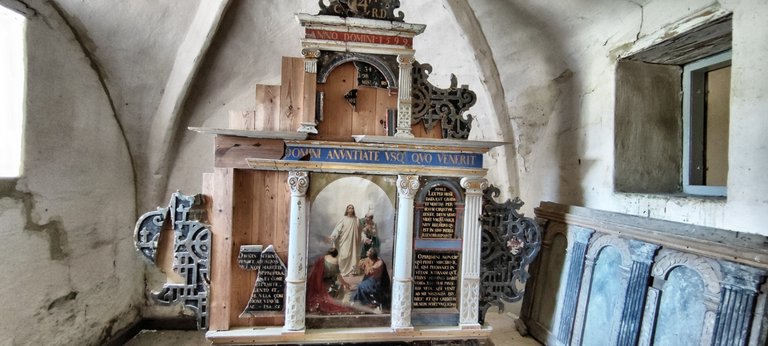 Inside the Lost Place
Inside the Lost Place
The flashing light enabled the large new steamships of the time to distinguish Stevns Lighthouse from Falsterbo Lighthouse on the Swedish coast. A total of eight of these rotating mirror beacons were manufactured in Denmark. After the new lighthouse was inaugurated in 1878, the old lighthouse was taken out of service.
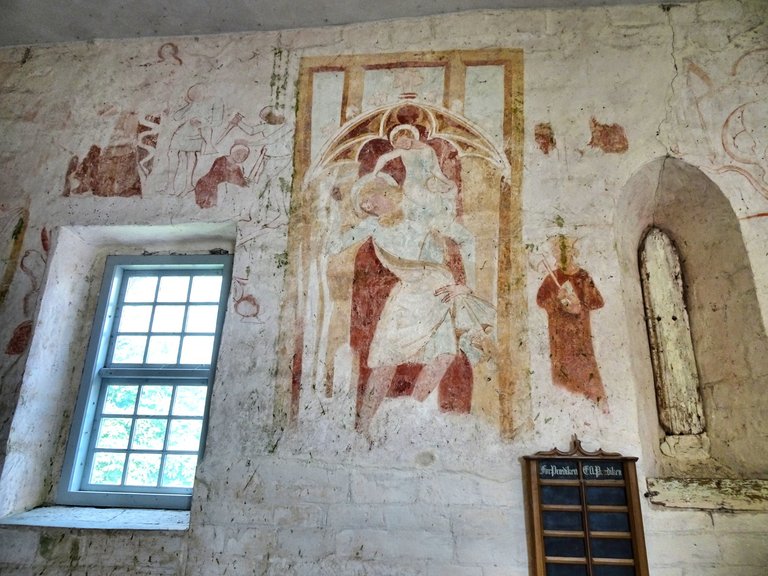 Paintings on the wall
Paintings on the wall
It is the same at the Højerup Gamle Kirke, a building that God certainly smiles at every day. The Old Church of Højerup is located directly at the entrance to the beach area under the cliff. When it was built in the 13th or 14th century, it is believed that it was about 50 meters from the edge of the cliff. But time never sleeps.
Fall off the cliff
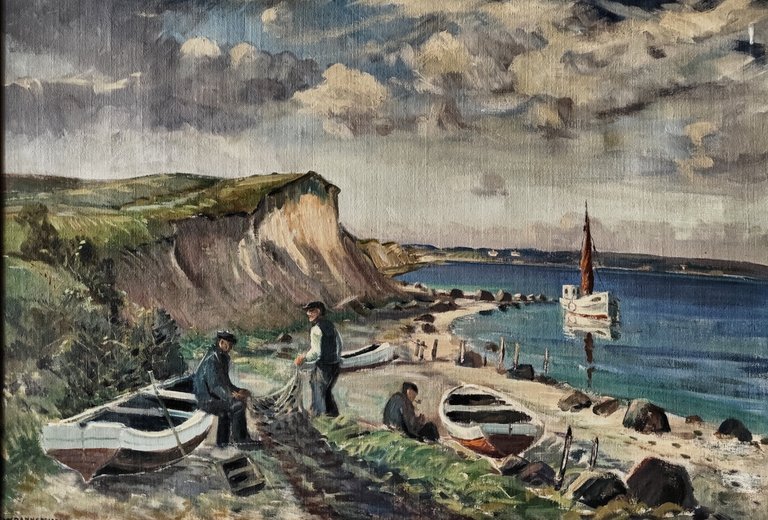 An old painting with fishermen at the shore
An old painting with fishermen at the shore
Due to erosion of the cliff, the edge of the cliff moved ever closer until the choir area of the church collapsed in 1928. Witnesses reported that a coastal landslide occurred near Højerup at five in the morning, causing everything that was close to the cliff to collapse.
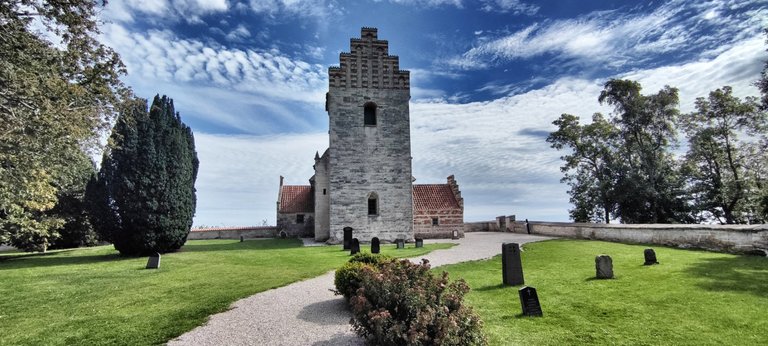 From the land side, the church seems like all is in a good shape
From the land side, the church seems like all is in a good shape
Since the church was built around 1250, the edge of the cliff had been moving ever closer to it. By 1600, the cliff had begun to eat into the churchyard - with the macabre result that coffins and skeletons were protruding from the shore.
In 1910, the church ceased to be used, but another 18 years would pass before fate caught up with the building.
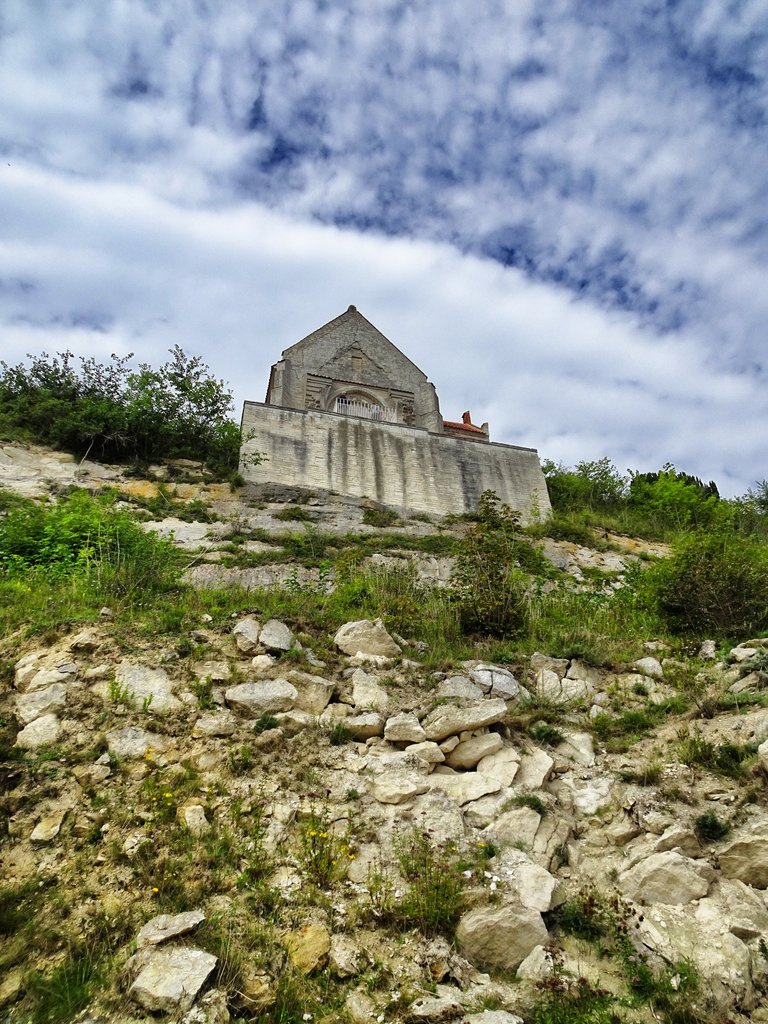 The next fall will erase it all
The next fall will erase it all
Since the collapse, the authorities have been trying to prevent further erosion of the cliff with various coastal protection measures so that the remaining remains remain standing for as long as possible, as the ruins are now a popular tourist attraction.
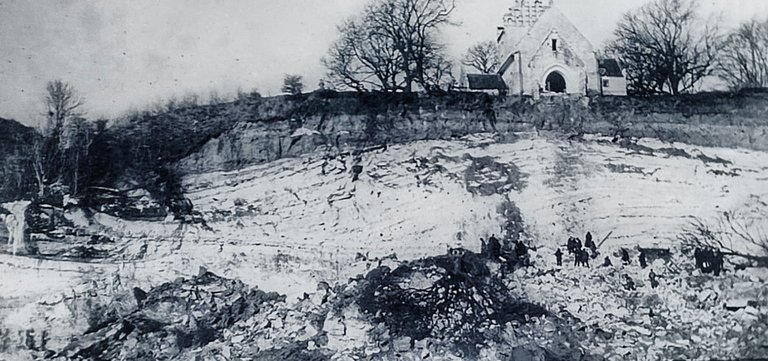 On eof the first pictures of the fallen church
On eof the first pictures of the fallen church
The wonders of the christmas nights
Today, the church stands 30 meters high on the cliff. Consecrated in 1357, the remaining pavement after the choir collapsed was re-underpinned. Faith also helps: Legend has it that the church moves exactly one step further inland every Christmas night. The last service was held in 1910, however, because the parishioners no longer fully trust its stability.
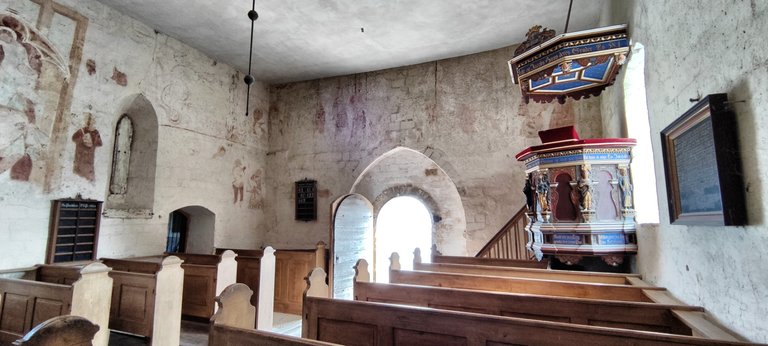 The door to the Baltic Sea
The door to the Baltic Sea
Visitors are allowed in, however. You can stand in the church and look out over the sea through a door. This quickly made the partially collapsed church a visitor attraction. Anyone who goes in fascinated by the dramatic sight of half the church, by the pitiful remains of the choir and altar. The gravestones, coffins and skeletons on the beach, where the first visitors stood almost a hundred years ago, are no longer visible.
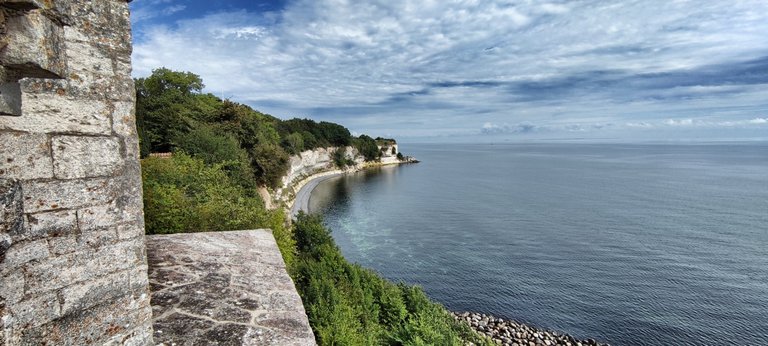 Outside you can see the sea ;-)
Outside you can see the sea ;-)
Proudly high above the beach
At that time it was decided not to demolish the church, but to secure it against further collapse. Today the church stands proudly on the very edge of the cliff, the disappeared choir has been replaced by a viewing terrace that offers a fantastic view of the coast and the sea that will remain unforgettable.
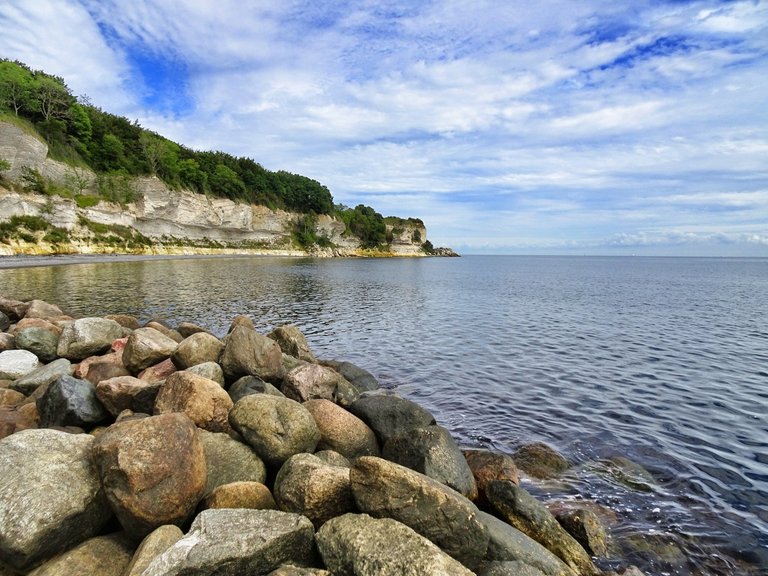 Same sea, another angle
Same sea, another angle
Thank you for reading and if you like my work please follow me on Hive, Travelfeed or Steem or visit my homepage koenau.de
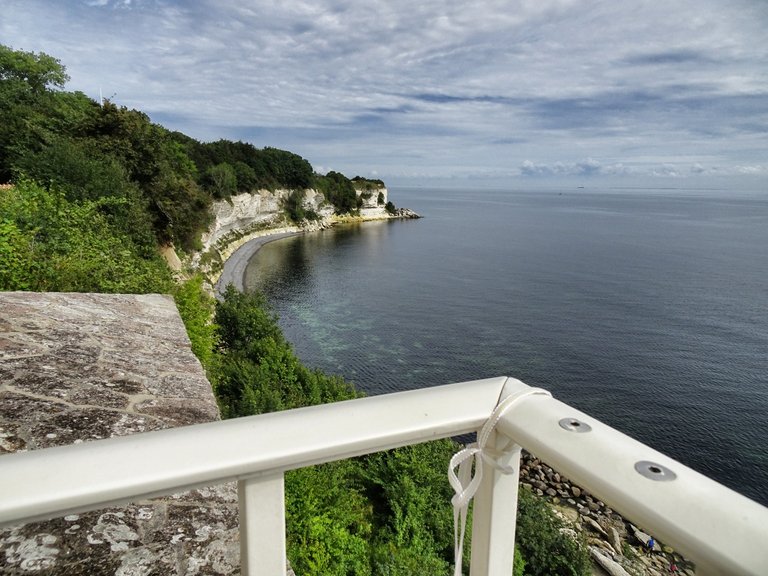 It is safe outside, they say
It is safe outside, they say
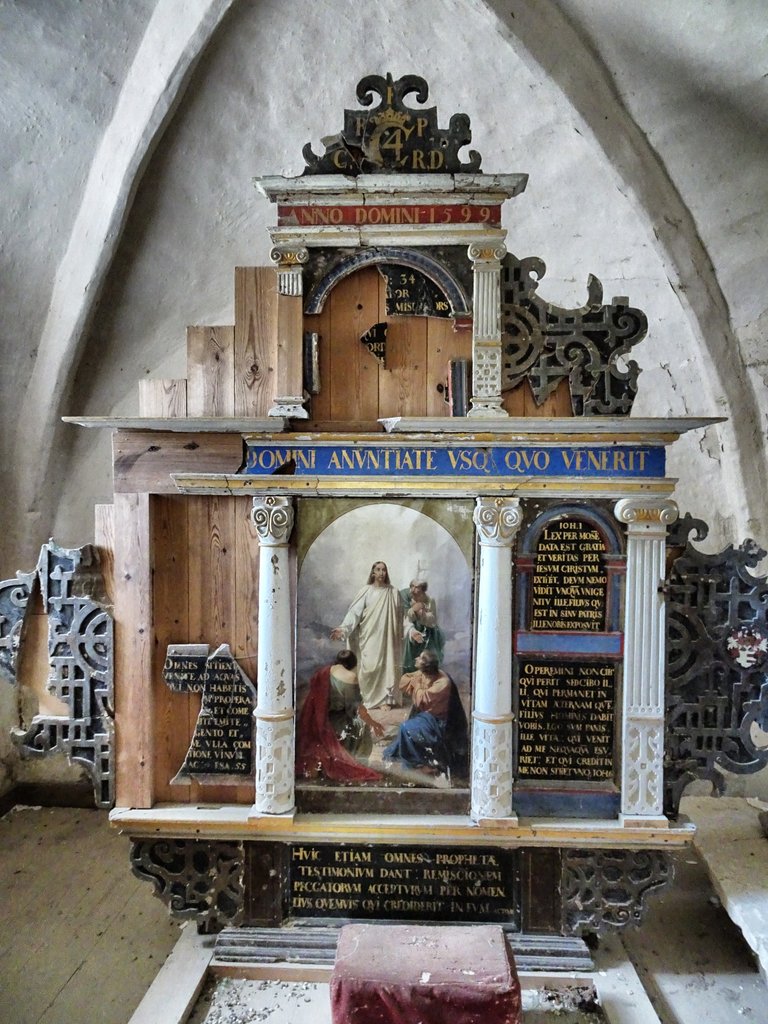 Remainings inside the church
Remainings inside the church
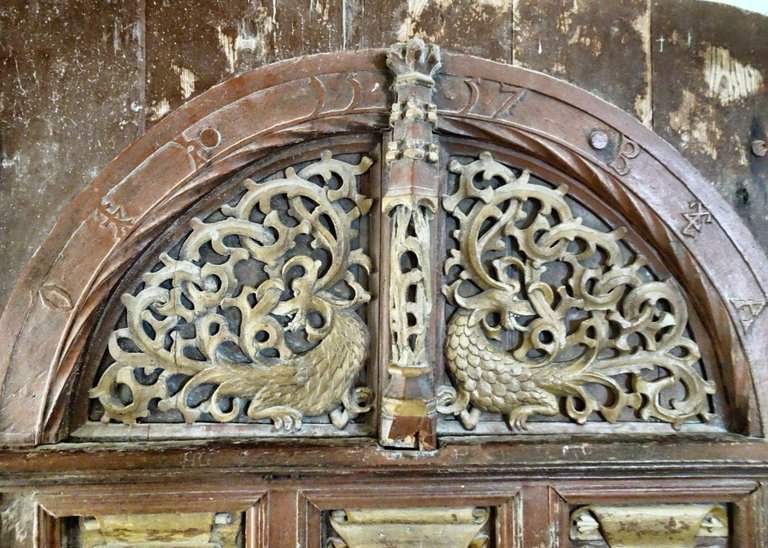 Danish Dragons
Danish Dragons
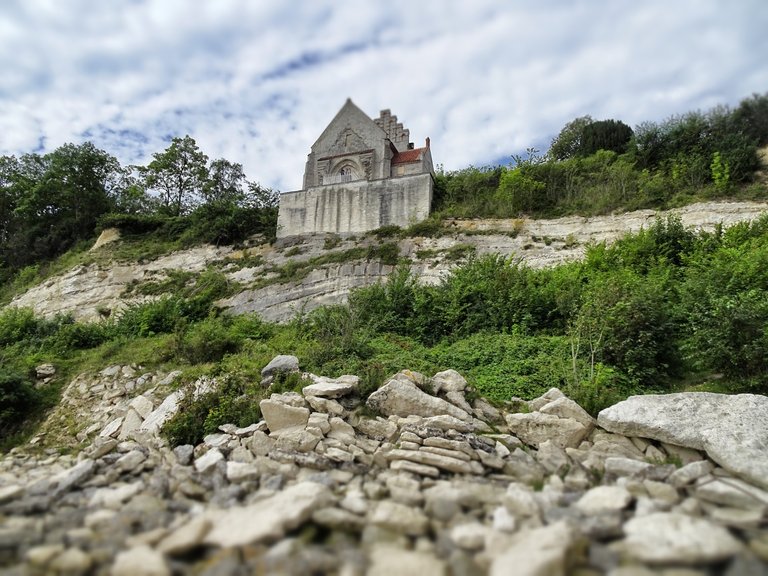 Legend has it that the church moves exactly one step further inland every Christmas night.
Legend has it that the church moves exactly one step further inland every Christmas night.
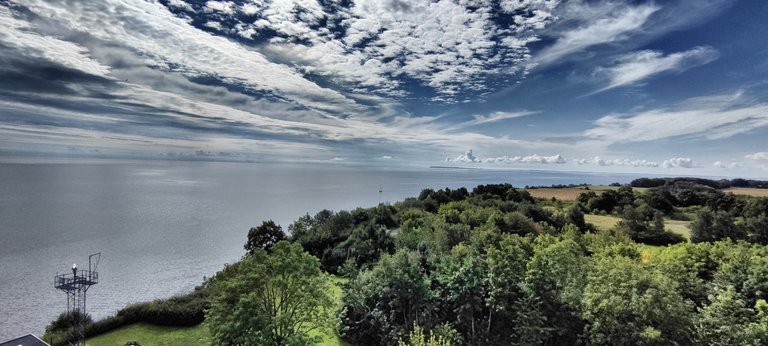 Danish dreams
Danish dreams
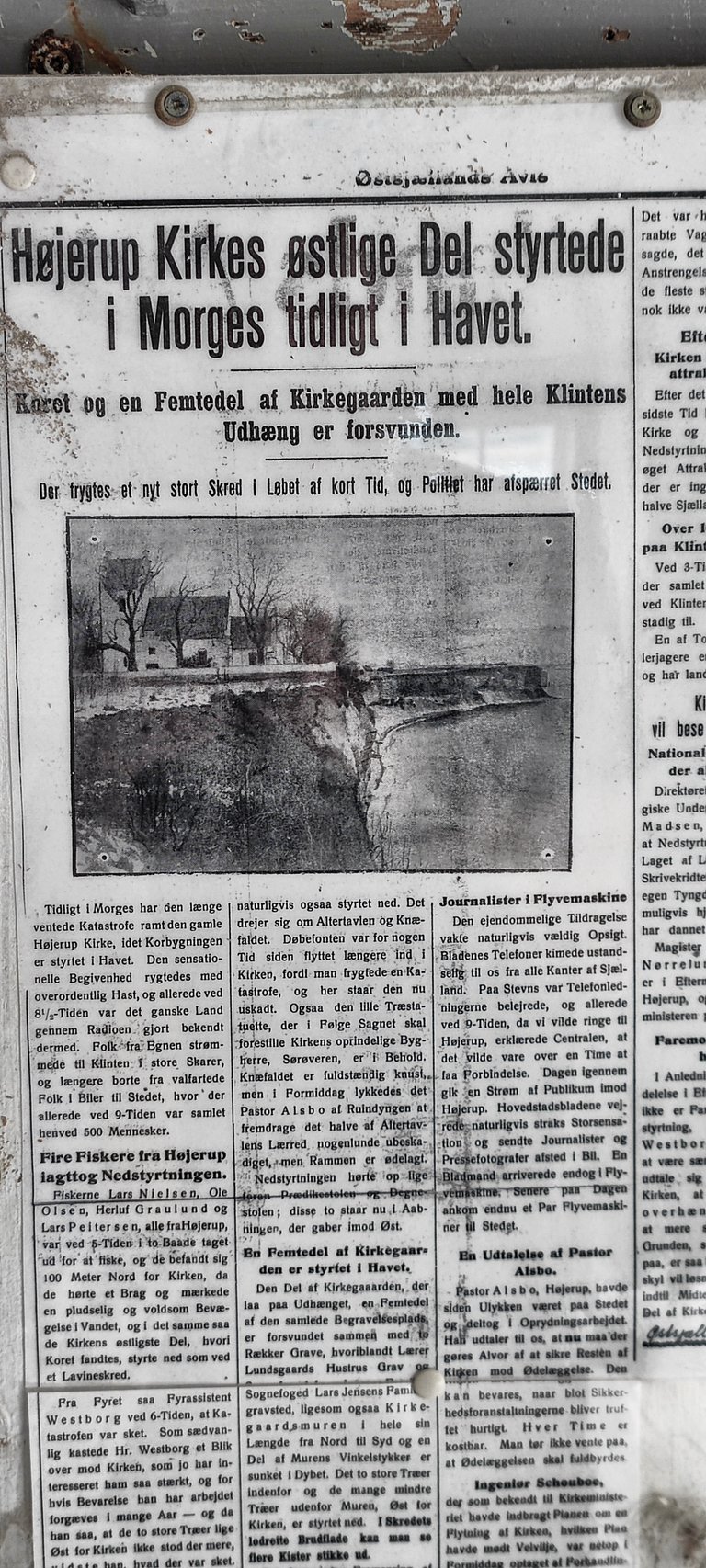 Newspapers writes history
Newspapers writes history
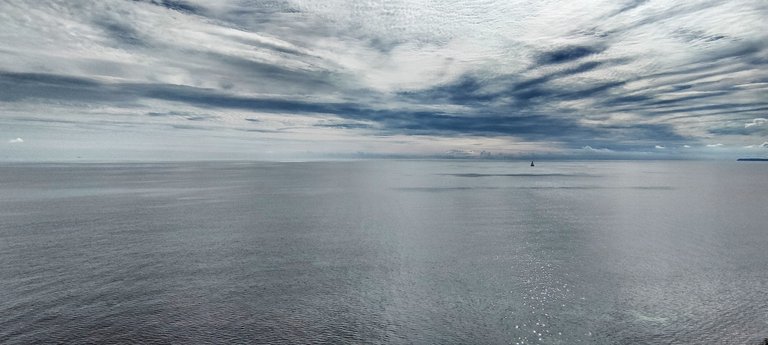 The sea
The sea
 Signs from mad visitors
Signs from mad visitors
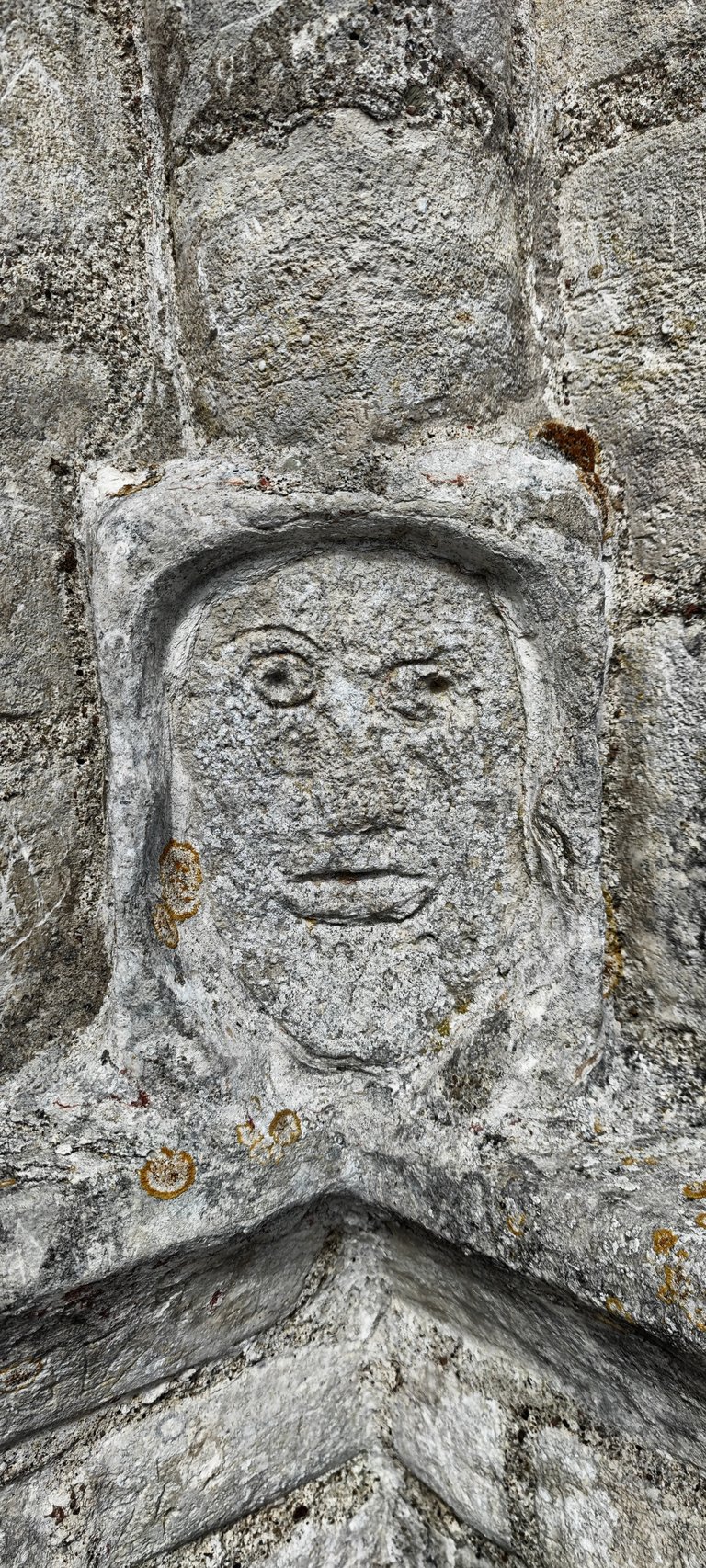 Scratches from history
Scratches from history
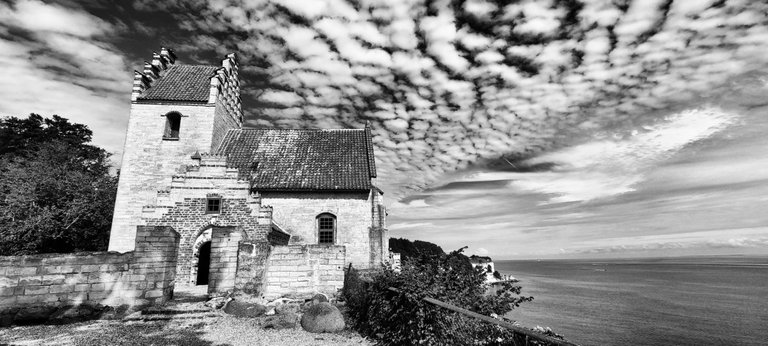 B and W
B and W
 The park outside
The park outside
 B and W beach
B and W beach
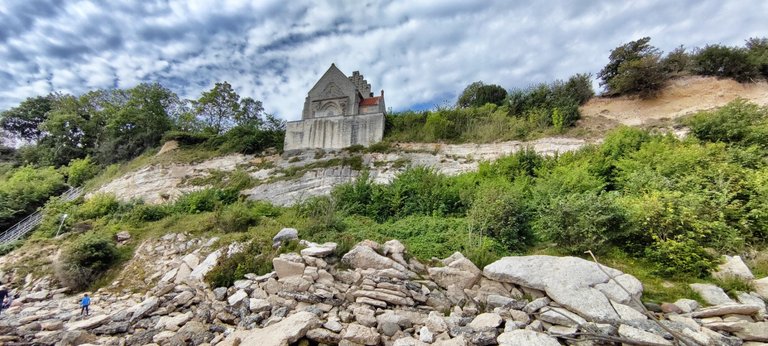
Travel Digest #2282.
Become part of our travel community:
- Join our Discord
Hiya, @ybanezkim26 here, just swinging by to let you know that this post made it into our Top 3 in Your post has been manually curated by the @worldmappin team. If you like what we're doing, please drop by to check out all the rest of today's great posts and consider supporting other authors like yourself and us so we can keep the project going!I love exploring such old places. I hope that the church will survive on the cliff. An interesting legend is that it moves on Christmas. 😊 Maybe that's the truth and that saves it, who knows.😊 The views of the Baltic Sea are beautiful.
Wahhh it's so beautiful
Congratulations, your post has been added to the TravelFeed Map! 🎉🥳🌴
Did you know you have your own profile map?
And every post has their own map too!
Want to have your post on the map too?
- Go to TravelFeed Map
- Click the create pin button
- Drag the marker to where your post should be. Zoom in if needed or use the search bar (top right).
- Copy and paste the generated code in your post (any Hive frontend)
- Or login with Hive Keychain or Hivesigner and click "create post" to post to Hive directly from TravelFeed
- Congrats, your post is now on the map!
PS: You can import your previous Pinmapple posts to the TravelFeed map.Opt Out
Congratulations, your post has been added to WorldMapPin! 🎉
Did you know you have your own profile map?
And every post has their own map too!
Want to have your post on the map too?
Congratulations @koenau! You received the biggest smile and some love from TravelFeed! Keep up the amazing blog. 😍 Your post was also chosen as top pick of the day and is now featured on the TravelFeed front page.
Thanks for using TravelFeed!
@for91days (TravelFeed team)
PS: Have you joined our Discord yet? This is where over 1000 members of the TravelFeed come together to chat. Join us!